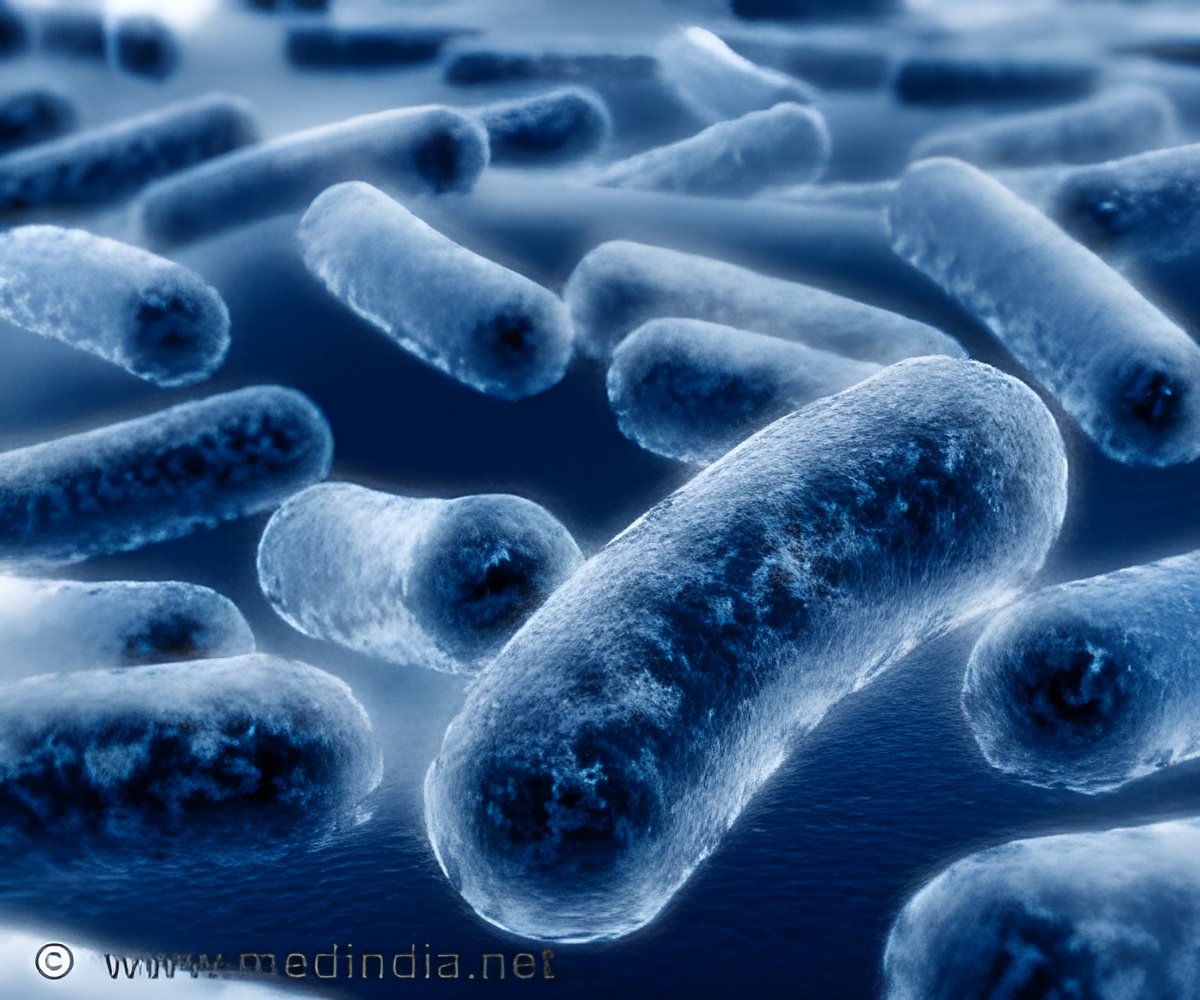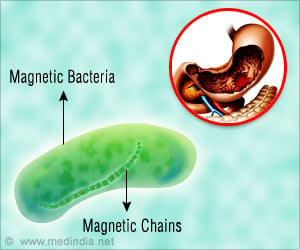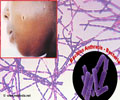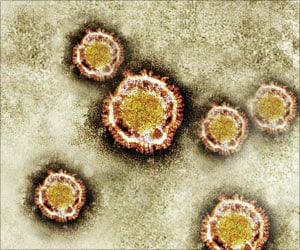Bacteria usually has a harmless cell cycle similar to the eukaryotic cycle, but shift into high gear when they find themselves in nutrient-rich conditions.

It was common sense that the processes had to be connected somehow, Levin said. After all, bacteria wait until one set of chromosomes is complete to divide. Dividing across incomplete or mingled DNA is usually lethal. "But until Heidi's data, people spoke of the bacterial cell cycle as somehow magically coordinated even though there was no mechanism for doing so. Things just somehow worked out fine even though no control system had been identified."
Blocking division blocks DNA replication In the Current Biology article, Arjes and coworkers describe experiments that show cell division and DNA replication are not independent. New rounds of DNA replication depend on the successful completion of cell division and assembly of the division machinery at midcell depends on the initiation of DNA replication.
One set of experiments showed that after division is blocked, DNA replication gradually diminishes and, after about five generations, the bacterium reached the point of no return. In other experiments DNA replication was blocked directly. In this case, it took about three generations for the bacterium to reach the point of no return. The timing suggests DNA replication might be the event that shunts bacteria into the state of suspended animation. What is the benefit of terminal arrest in a single-celled organism, whose main goal in life is to divide?
"It might actually be a form of altruism," Arjes said. "In nature, bacteria often exist not in isolation, but in communities. An aged or unhealthy cell that removed itself from the population would benefit the community as a whole because it would no longer compete for nutrients or produce defective daughter cells."
Zombifying bacteria Although the research firmly establishes the existence of two fail-safe points in the bacterial cell cycle, the mechanisms that ensure proper cell-cycle progression are still a mystery.
Advertisement












